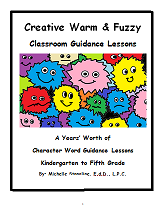The History of Art Therapy
Licensed therapist need to understand the rich history of art therapy. It is also important to learn that as a licensed therapist, you already have a base training from traditional art therapy teachings.
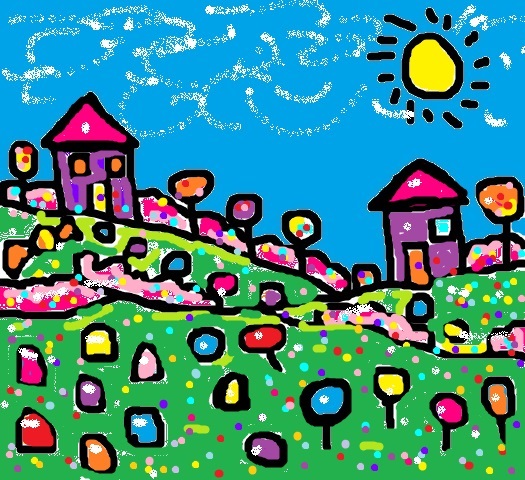
The History of Art Therapy
During the classical period of art therapy, the 1940’s to the 1970’s, mental health professionals from psychiatrists, analysts, social workers, psychologists, and counselors contributed to writing about the value of art therapy.
The early days of art therapy saw researchers seeking knowledge from psychology and the behavior sciences (Kaplan, 2000). Each of these early pioneers of art therapy was trained in other mental health professional fields.
There were four pioneers who wrote about the field of art therapy in the classical period. Margaret Naumburg is called “The Mother of art Therapy” and is the primary writer of art therapy.
She was heavily influenced by Carl Jung and Sigmund Freud and took many of her ideas from psychoanalytic practices.
Naumburg believed that art drawings were a “symbolic communication of unconscious material and said it would diminish transference in the therapeutic setting (Detre et al., 1983).
Edith Kramer took the approach that “art can be therapy”. She took a great interest in the actual art making process and paid close attention to the sublimation of the defense mechanism, part of Freud’s personality theory (Kramer, 1993). She worked in the educational setting and applied art therapy in therapeutic schools.
The third major contributor of art therapy is Elinor Ulman. Ulman founded “The Bulletin of Art Therapy”
and published the first book of essays on art therapy, “Art Therapy: Problems
of Definitions”. Another pioneer, Kwiatkowska,
contributed in the area of family art therapy and art therapy research.
In the 1970’s two major publications of art therapy came about. The first is “Art Psychotherapy” in 1972 and “Art Therapy: Journal of the American Art Therapy Association in 1982.
Art Therapy is a combination of many therapeutic approaches. These include Psychodynamic (Freud & Jung), Humanistic (Gestalt, Existentialism, Person-Centered, Adlerian, & Phenomenological), Cognitive / Behavioral Therapy, Developmental Therapy, Behavioral Psychology, and Marriage and Family Therapy as well as many others.
One can see that the average mental health professional has training in many of the therapeutic approaches above. So, what makes an art therapist different from a regular mental health professional?
In my opinion, all licensed therapists have the capacity to use art therapy with their clients. Of course, training for the licensed professional is necessary with continuing education courses in art therapy.
Continue to seek training as a art / counseling therapist:
What do the colors mean in Art Therapy & Color Psychology?
Shelter House Art Therapy Technique
Art Therapy Family Portrait Drawing
Art Therapy Self-Portrait
Art Therapy Interpreting Drawings
Get More Ideas Here: Creative Counseling 101 Home
Anger Management & Art Therapy Crinkled Paper Technique
Art Therapy Counseling Pictionary
Art Therapy Christmas Tree Drawing & World
The Three Animals Art Therapy Technique
The Kinetic Family Drawing Art Therapy Technique/a>
The Kinetic School Drawing Art Therapy Technique/a>
String of Lights Art Therapy & Genogram Drawing Technique
Art Therapy / Anger Management Angry Snowball Technique
Copyright © 2015 Creative Counseling 101.com
All Rights Reserved
Disclaimer: This website and its content is intended for trained licensed mental health professionals and school certified mental health professionals to use for their clients / students at their own discretion.
*If you ignore the disclaimer above are using these techniques on yourself and you feel any discomfort or upset it is highly suggested that you seek out a licensed mental health professional immediately.
"Beyond Art Therapy" is the concept from Dr. Stangline that combines all creative fields in therapy. It is not the traditional "art therapy" but goes beyond to include sand tray therapy, play therapy, mindfulness, meditation, color therapy, cognitive behavioral therapy, and a vast majority of other therapies.
For any other type of mental health emergency call your local 911 / Police Number immediately.
Dr. Stangline does not offer advice / suggestions to anyone who is not a professional mental health provider, or a student who is studying this field and has questions about mental health programs of study.
See our Exciting Selection of eBooks:
Award Winning:
Creative Counseling 101 eBook
Our Best Seller!
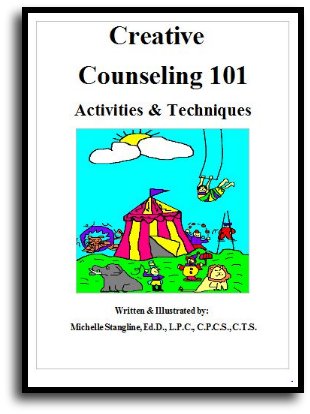
Step By Step Therapy:
Learn how to be a more Creative Therapist with the Book that started it all!
- Graduate School Counseling book used by hundreds of graduate counseling students!
- Includes full color reproducible worksheets with most activities.
- Winner of the Counselor Writer of the Year Award, 2011, Georgia Regional Award
Download Your Copy Today Only $39.95:
See Creative Counseling 101 eBook Information Here:
Get the Set
of all four
eBooks for only $98.95:
An incredible collection of how to do therapy eBooks!
A $159.80 Value,
You Save Over $60!
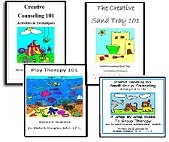
Get your complete set of the Creative Counseling 101.com eBooks by Dr. Michelle Stangline for only $98.95, that's less than $25.00 per eBook (Regular Price is $39.95 for each eBook.).
Your complete set includes:
- Creative Counseling 101
- Creative Group Counseling 101
- Creative Play Therapy 101
- Creative Sand Tray 101
For more information click the link below:
See Complete Set of eBooks For Sale Here:
New!!! "Beyond Art Therapy" 101 eBook
Over 300 pages of Beyond Art Therapy activities and techniques. Learn what I teach graduate counseling students!
See the link below for more information.
Only $39.95
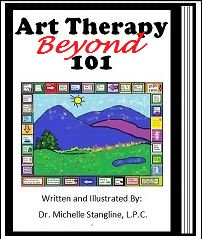
See More Invividual eBooks For Sale:
Sand Tray Therapy 101 eBook:
Learn how to do Sand Tray Therapy or enhance your skills.
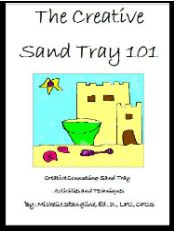
Play Therapy 101 eBook
Learn how to do play therapy or enhance your skills.
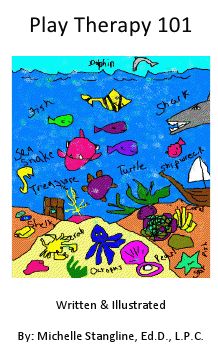
Small Group Counseling eBook For Sale:
Learn how to do creative group therapy and enhance your skills.
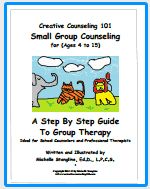
School Counselor Guidance Lesson & Social Stories eBook for sale:
Get a year's worth of school counselor guidance lessons with "Creative Warm & Fuzzy Classroom Guidance Lessons eBook". Introduce your students to the "Warm & Fuzzy Way". Click the link below for more information:
Warm & Fuzzy School Counselor Guidance Lessons eBook
